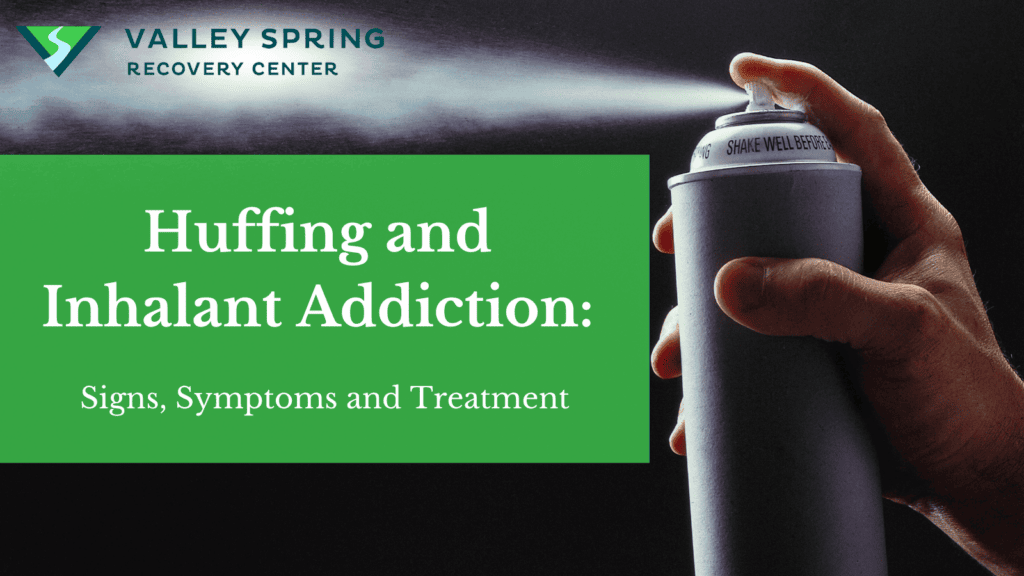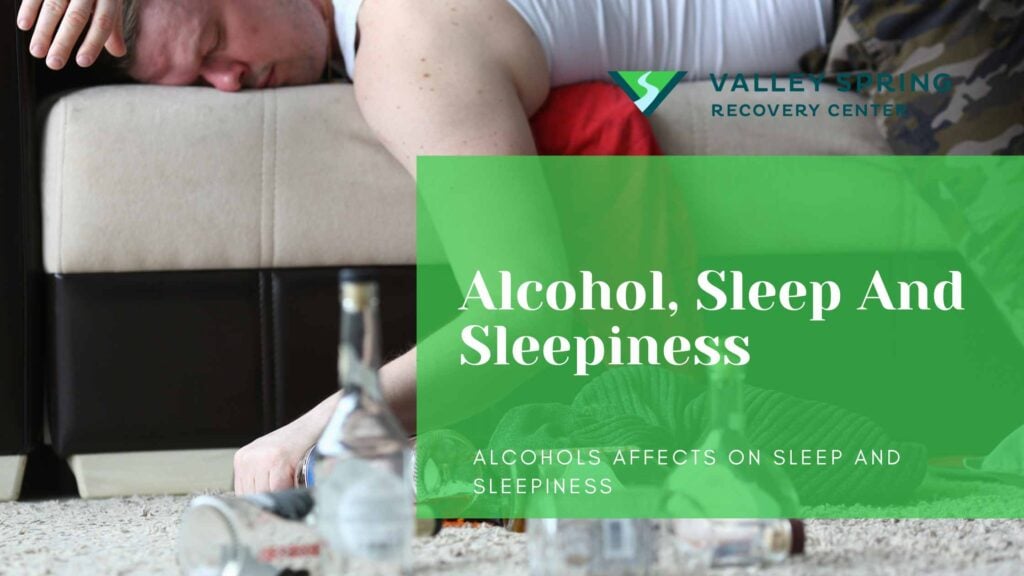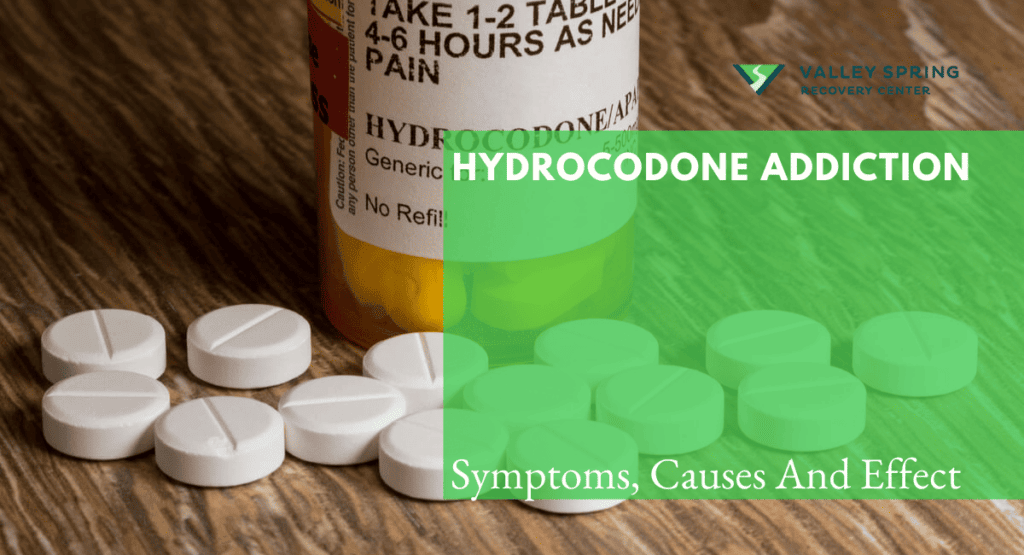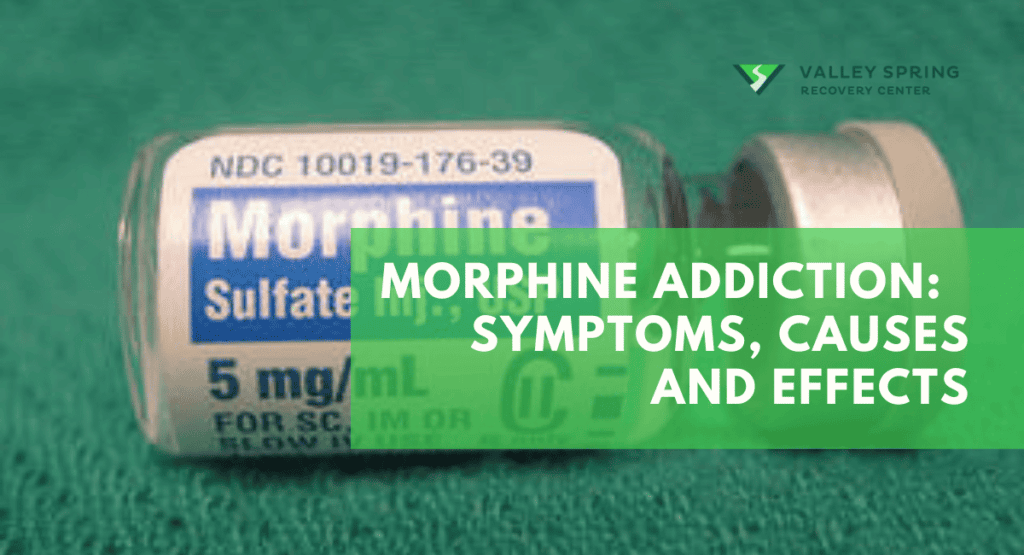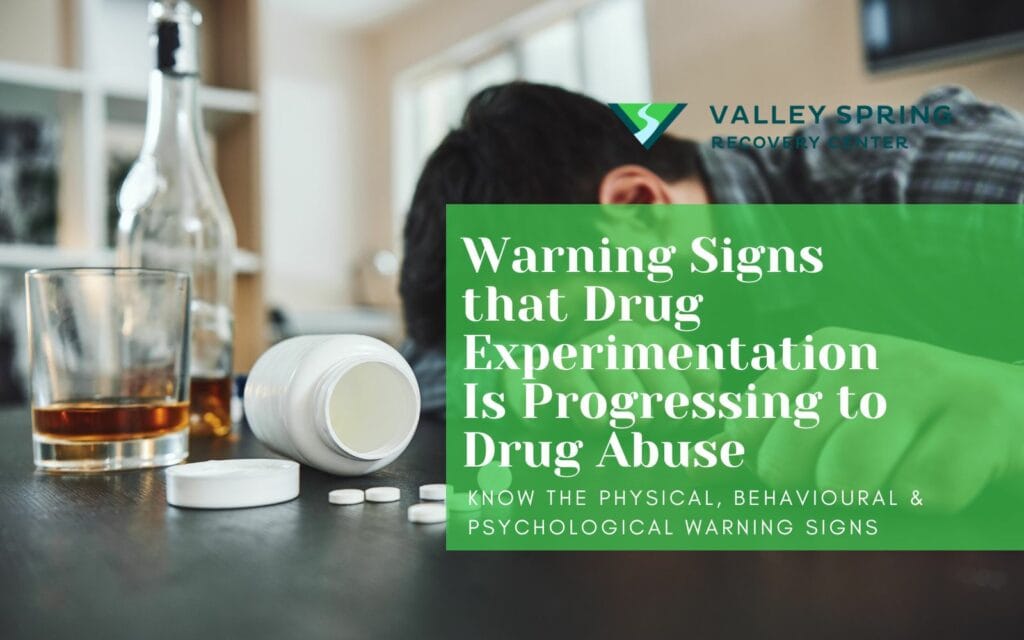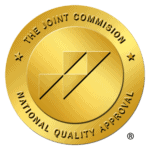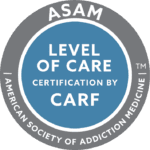Inhalant addiction, often known as ‘huffing’, is a serious yet under-recognized issue that poses significant health risks. This form of substance abuse involves inhaling chemicals from everyday household products, leading to immediate and potentially long-term consequences. Understanding the signs, symptoms, and treatment options is important for effective intervention and support.
The signs of inhalant addiction are subtle at first but become more apparent over time. Behavioral changes are common, including increased secrecy, avoidance of social activities, and a decline in school or work performance. Physical signs might include unusual smells on breath or clothing, paint or other stains on the face or hands, and a frequent presence of solvent containers. Mood swings and unexplained irritability can also be indicative of inhalant abuse.
Symptoms of inhalant addiction encompass a range of physical and psychological effects. Physically, users may experience dizziness, headaches, nausea, and coordination problems. Over time, chronic use can lead to significant damage to the brain and other organs, manifesting as memory impairment, tremors, or even hearing loss. Psychologically, prolonged inhalant use can lead to mood disorders, anxiety, and in severe cases, hallucinations or delusions.
Treating inhalant addiction requires a multi-faceted approach. Detoxification is often the first step, managing the physical withdrawal in a safe environment. This is followed by behavioral therapies like Cognitive Behavioral Therapy (CBT) to address the underlying causes of addiction. Family therapy and support groups are imperative in providing the necessary support system. In some cases, medications may be used to treat co-occurring mental health conditions. Recovery is a long-term process, and ongoing support and monitoring are essential for preventing relapse.
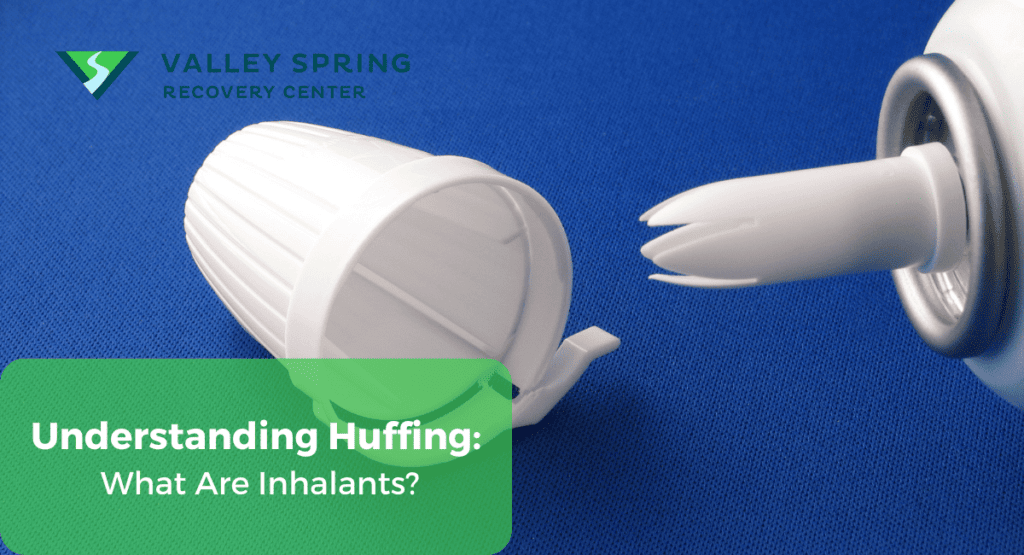
What is Inhalant Addiction?
Inhalant addiction is the compulsive need to inhale substances that produce chemical vapors, which can alter the mind and create psychoactive (mind-altering) effects. This category of substance abuse involves a wide range of common household, industrial, and medical products, including solvents (like paint thinners, nail polish remover), aerosol sprays (such as hairspray, deodorant), gases (used in medical anesthesia, nitrous oxide or “whippets”), and nitrites (often marketed as “poppers” or “room deodorizer”).
Inhalants are often among the first drugs that young individuals experiment with, largely due to their accessibility, legal status, and the rapid onset of their effects. The substances work by depressing the central nervous system, leading to effects similar to alcohol intoxication, such as slurred speech, lack of coordination, euphoria, and dizziness. However, because the high from inhalants typically lasts only a few minutes, users may repeatedly inhale these substances over several hours to maintain their effects, increasing the risk of harmful consequences and addiction.
The repeated misuse of inhalants can lead to both physical and psychological dependence. Physical effects of long-term inhalant use include significant damage to the heart, lungs, liver, and kidneys, as well as neurological impairment that can be permanent, including brain damage and nerve damage. Psychological effects include craving the substance, inability to stop using despite knowing the harm, and withdrawal symptoms upon cessation.
Inhalant addiction is particularly dangerous because of the high toxicity of the substances involved, which can lead to sudden sniffing death syndrome—a rapid, fatal heart failure caused by an irregular heartbeat (arrhythmia) induced by inhalant abuse. Other risks include suffocation, choking, and accidents due to impaired judgment and coordination. Treatment for inhalant addiction involves detoxification, behavioral therapies, and support to address both the physical and psychological aspects of the addiction.
What are the Types of Inhalants?
Inhalants can be classified into four main categories:
- Solvents: These include products like paint thinners, dry-cleaning fluids, gasoline, and lighter fluid. They are liquid at room temperature but vaporize when exposed to air.
- Aerosol Sprays: Common aerosols include spray paints, deodorant sprays, and hair spray. These products contain propellants and solvents that can be inhaled.
- Gasses: Found in products like whipped cream dispensers (nitrous oxide) often called whippets, butane lighters, and propane tanks. Medical anesthetics like ether, chloroform, and nitrous oxide also fall into this category.
- Nitrites: Unlike other inhalants used primarily to alter mood, nitrites (such as amyl, butyl, and isobutyl nitrite) are used mainly as sexual enhancers. They are often labeled as room deodorizers or liquid aroma.
How Are Inhalants Used?
The methods of inhaling these substances vary. They include:
- Sniffing or Snorting: Inhaling directly from containers.
- Spraying: Aerosols are sprayed directly into the nose or mouth.
- Bagging: Substance is sprayed or deposited into a plastic or paper bag, and the vapors are then inhaled.
- Huffing from a Cloth: Substance-soaked rag is held to the face or stuffed in the mouth, and vapors are inhaled.
What Are the Signs of Inhalant Addiction?
Identifying the signs of inhalant addiction is essential for timely intervention and effective treatment. One of the most noticeable physical signs is the persistent smell of chemicals on an individual’s breath or clothing, often accompanied by residue of paint or other substances around their nose, mouth, or hands. There is often a visible deterioration in their physical appearance, as personal hygiene and grooming habits are neglected. Physical disorientation is also common, manifesting as dizziness, loss of coordination, or unsteady walking. Changes in appetite, such as sudden loss or reduction, leading to noticeable weight loss, and frequent, unexplained bouts of nausea or vomiting are additional warning signs.
Behaviorally, individuals suffering from inhalant addiction may exhibit sudden mood swings, irritability, or symptoms of depression. There’s often a noticeable shift in their social behavior, including withdrawal from friends and family and a loss of interest in activities that were once enjoyable. A decline in performance at school or work is also a common indicator. You might notice secretive or deceitful behavior, as they attempt to hide their substance abuse. In younger individuals, particularly teenagers, a sudden drop in academic performance or truancy can be a red flag. The presence of paraphernalia such as rags, bags, or empty containers of substances typically used for huffing, can be a clear indicator of inhalant abuse. Recognizing these signs is the first step towards addressing the problem and seeking appropriate help and treatment.
What Are The Health Risks and Symptoms of Long-Term Inhalant Use?
The prolonged use of inhalants can lead to severe health risks and symptoms, impacting various bodily systems. It’s important to understand these risks to fully grasp the seriousness of inhalant addiction.
Neurological Effects
Long-term inhalant use can cause significant damage to the brain and nervous system. Users may experience symptoms like memory loss, reduced cognitive function, lack of coordination, and tremors. In some cases, irreversible brain damage can occur, leading to long-term cognitive impairments and an increased risk of developing neurological disorders.
Respiratory Problems
Inhalants can severely damage the respiratory system. Chronic users often suffer from respiratory distress, reduced lung capacity, and an increased risk of developing bronchitis or pneumonia. In extreme cases, inhalant use can lead to respiratory failure, which can be fatal.
Cardiovascular Issues
The misuse of inhalants can put a strain on the cardiovascular system. This strain can manifest as irregular heartbeats or heart palpitations.
Liver and Kidney Damage
The toxic chemicals in inhalants can cause significant harm to the liver and kidneys. Over time, these organs may become unable to process toxins effectively, leading to organ damage or failure.
Psychiatric Disorders
Chronic inhalant use can exacerbate or lead to the development of psychiatric disorders, such as anxiety, depression, and psychotic episodes. These mental health issues can persist even after stopping inhalant use.
Physical Appearance
Long-term inhalant users may show noticeable changes in physical appearance. This includes weight loss, skin conditions, and a general appearance of poor health.
Dependency and Withdrawal
With prolonged use, dependency can develop, leading to withdrawal symptoms when not using inhalants. These symptoms can include headaches, muscle cramps, agitation, and extreme mood swings.

What Are The Treatment Options for Inhalant Addiction?
Addressing inhalant addiction requires a comprehensive approach, as the addiction often has both physical and psychological components. Here are some key treatment options:
1. Medical Detoxification
The first step in treating inhalant addiction is detoxification, which should be medically supervised. This process helps the body safely withdraw from the substance, managing the physical symptoms of withdrawal under medical care. This can be crucial, as withdrawal from inhalants can be dangerous and even life-threatening.
2. Rehabilitation Programs
Inpatient and outpatient rehabilitation programs offer structured treatment environments. Inpatient programs are more intensive, providing 24-hour care and support. Outpatient programs allow individuals to live at home while attending treatment sessions, which can range from daily to a few times a week.
3. Behavioral Therapies
Cognitive Behavioral Therapy (CBT) is particularly effective in treating inhalant addiction. It helps individuals understand their addiction, develop coping strategies, and change harmful thought patterns. Other therapies, such as motivational interviewing and family therapy, can also be beneficial.
Support Groups
Support groups provide a community for individuals recovering from inhalant addiction. Groups like Narcotics Anonymous (NA) offer peer support and a shared space to discuss challenges and successes in recovery.
Dual Diagnosis Treatment
Many individuals with inhalant addiction also have co-occurring mental health disorders. Dual diagnosis treatment addresses both the addiction and the mental health condition simultaneously, which is crucial for effective treatment and long-term recovery.
Medication
While there are no specific medications to treat inhalant addiction directly, medications can be used to treat withdrawal symptoms or co-occurring mental health disorders.
Treatment for inhalant addiction should be tailored to the individual’s specific needs and circumstances. It often involves a combination of these approaches to address all aspects of addiction effectively.
Can Huffing Lead to the Use of Other Substances?
Individuals who abuse inhalants may be more likely to use other substances, including alcohol, tobacco, and illicit drugs. This pattern is due to a variety of factors, including underlying vulnerabilities to substance use disorders, the social contexts in which substance abuse occurs, and the physiological effects of long-term inhalant abuse, which may lead to a broader search for psychoactive effects.
Can Huffing Be Fatal?
Huffing can be fatal, and deaths can occur from the first use or at any point during the abuse of inhalants. The cause of death can vary, including asphyxiation, suffocation, choking on vomit, accidents caused by impaired judgment or coordination, and sudden sniffing death syndrome due to cardiac arrest. The unpredictability of the chemical composition in inhaled substances and how one’s body reacts to them underscores the high risk of fatality associated with huffing.
How Can Families and Friends Help Someone with an Inhalant Addiction?
Families and friends can support someone with an inhalant addiction by educating themselves about the disease, encouraging the person to seek professional treatment, and assisting in finding appropriate resources. It’s important to express concerns in a non-judgmental way and provide a supportive, substance-free environment.
What are whippets?
Whippets refer to the recreational use of nitrous oxide, a colorless, sweet-tasting gas that is commonly used for its psychoactive and pain-relieving effects. Nitrous oxide is found in small metal canisters, typically used in whipped cream dispensers for culinary purposes, hence the slang term “whippets.” When inhaled, nitrous oxide induces feelings of euphoria, relaxation, and laughter, along with mild hallucinations in some users, which is why it’s sometimes called “laughing gas.”
The recreational use of whippets involves releasing the gas from the canister into a balloon or directly into the mouth. While it is legal for culinary and medical use, its recreational inhalation poses health risks. Short-term effects include dizziness, lack of coordination, and disorientation. Long-term or heavy use can lead to vitamin B12 deficiency, neurological damage, and other health issues due to the gas displacing oxygen in the lungs and bloodstream. Inhalant abuse, including the use of whippets, is considered dangerous and can lead to sudden sniffing death syndrome, a fatal cardiac event.
Ben Fisher
All author postsShare This Post

